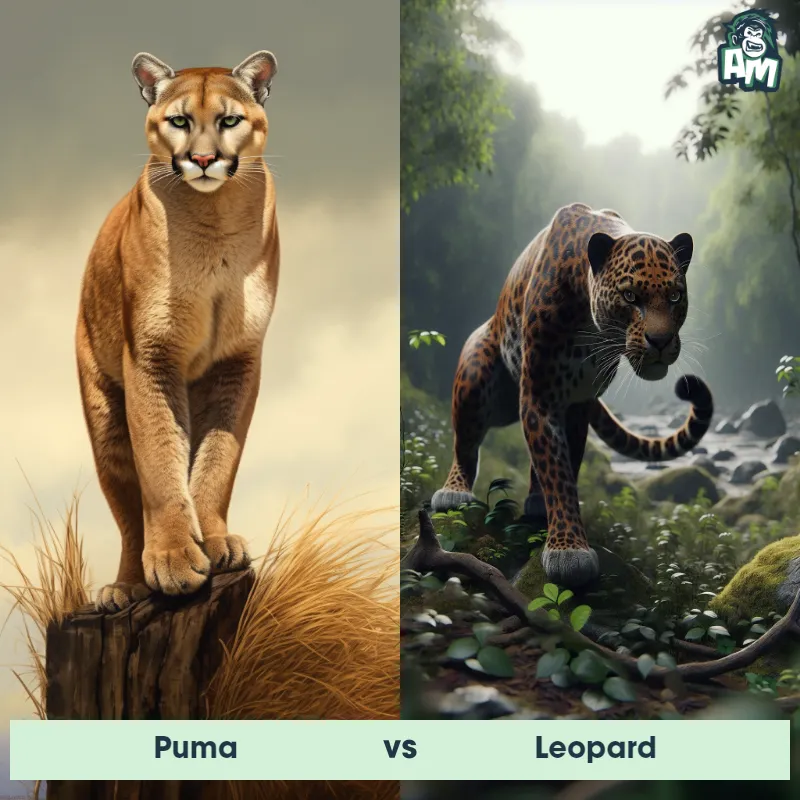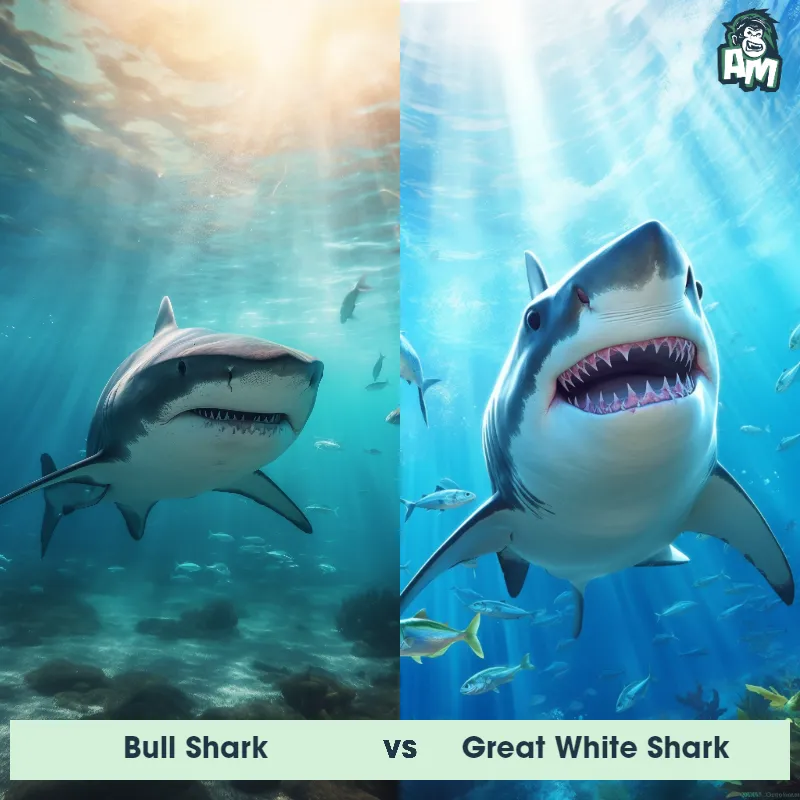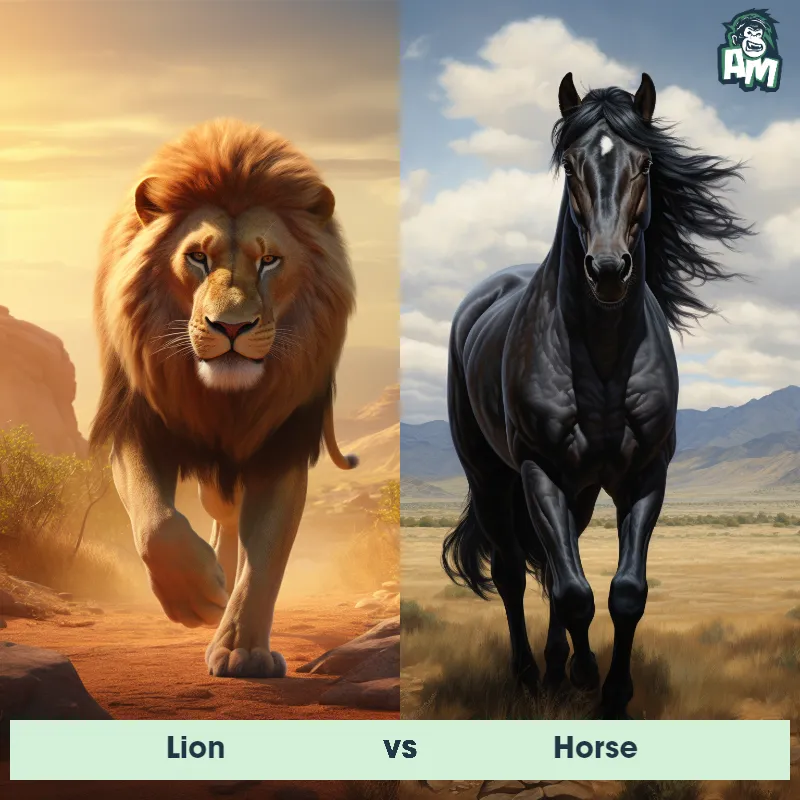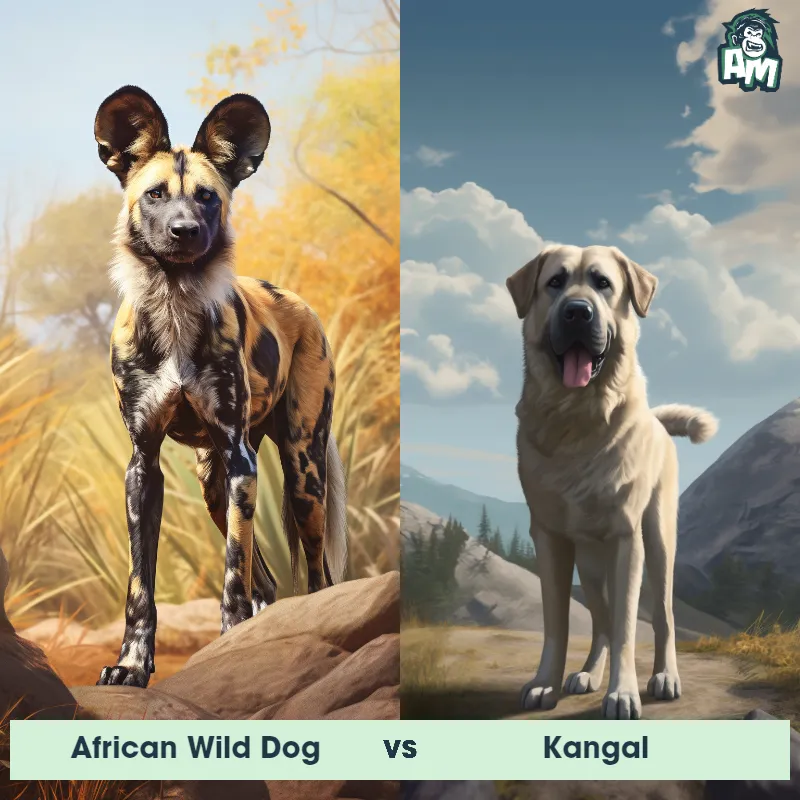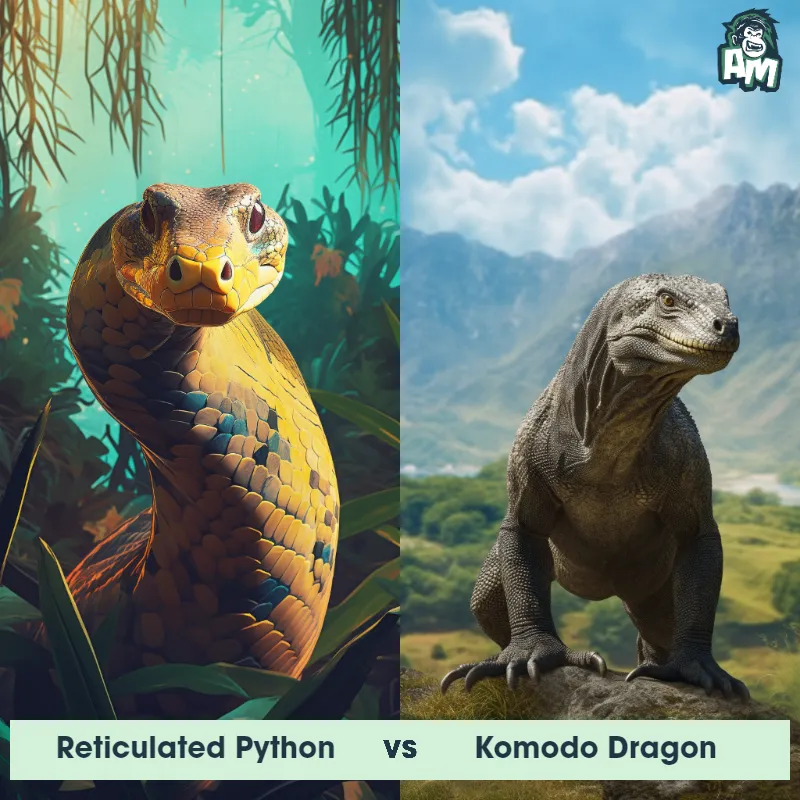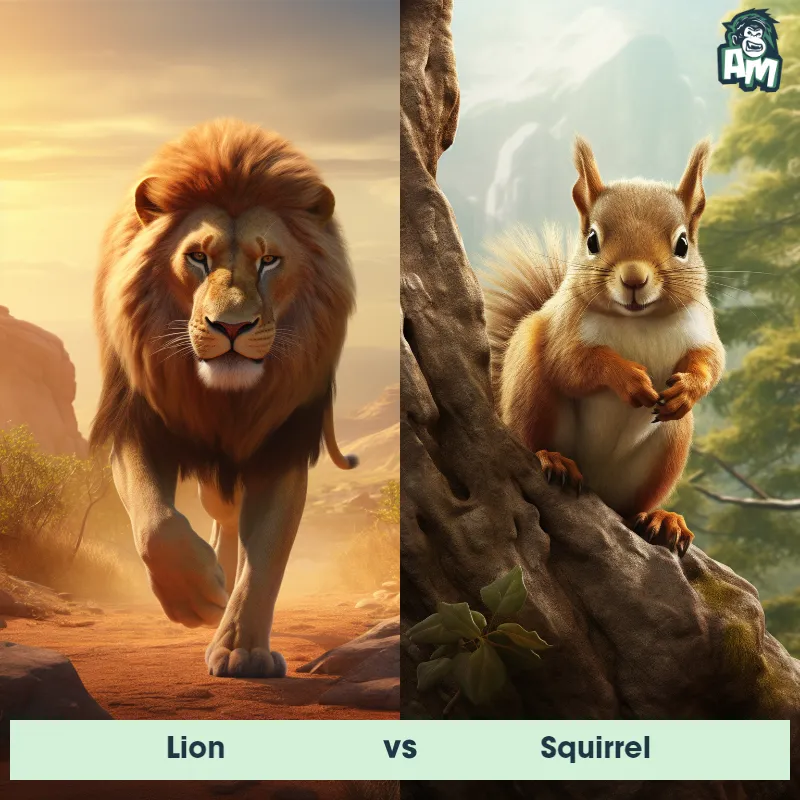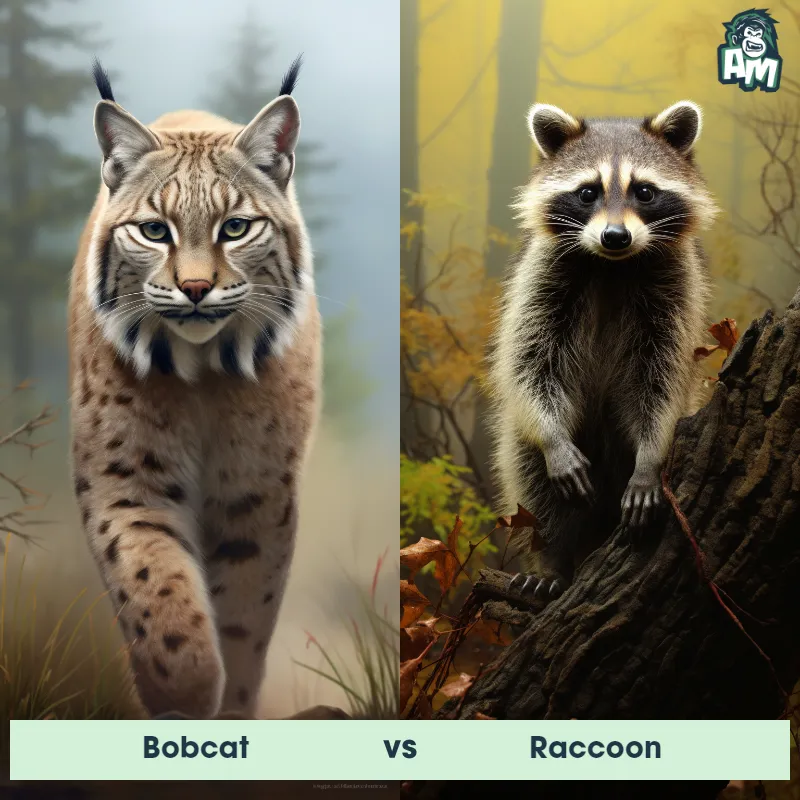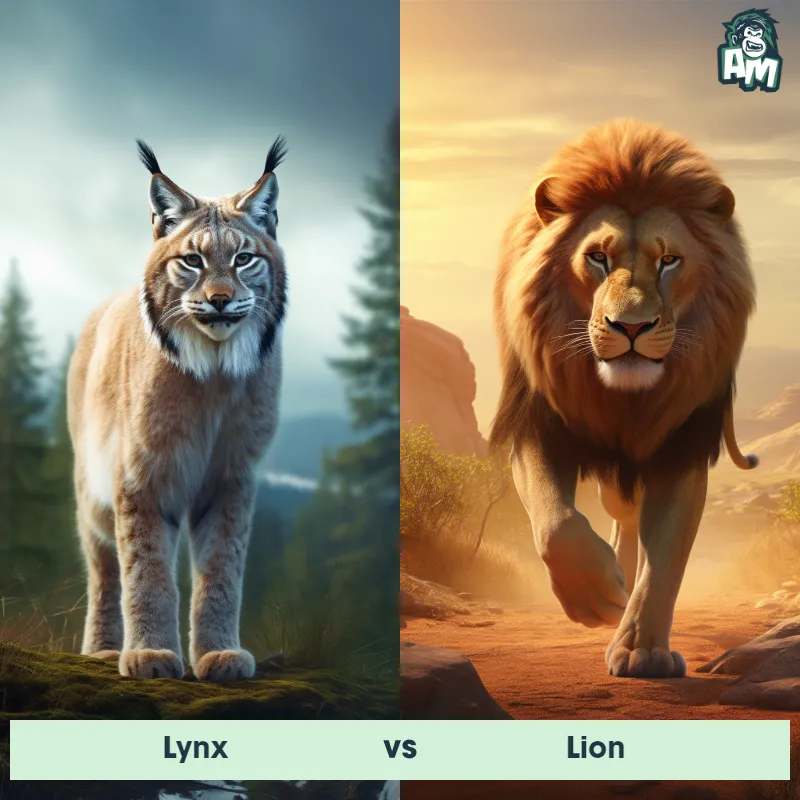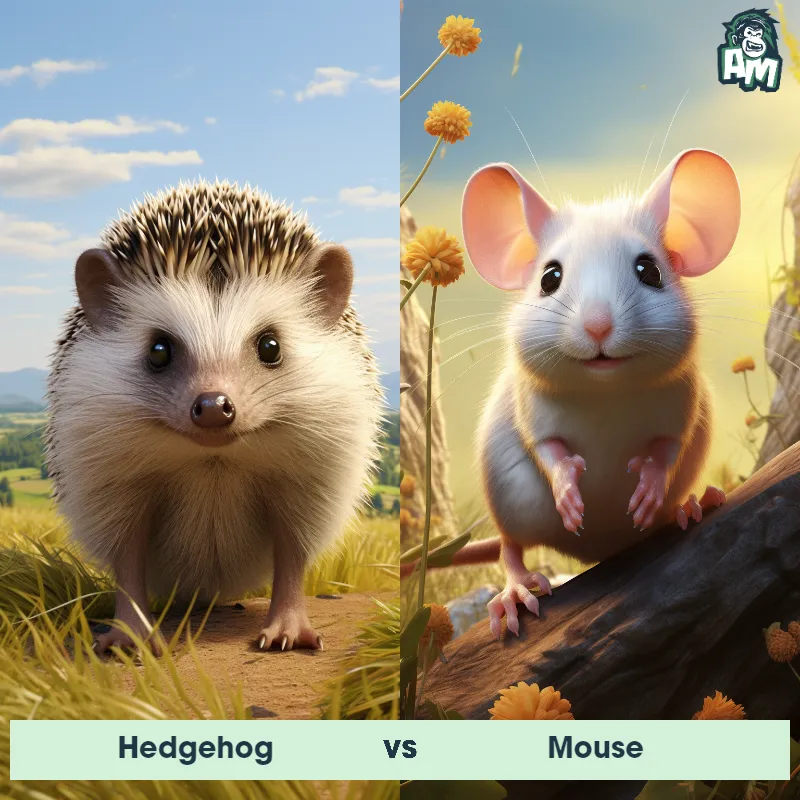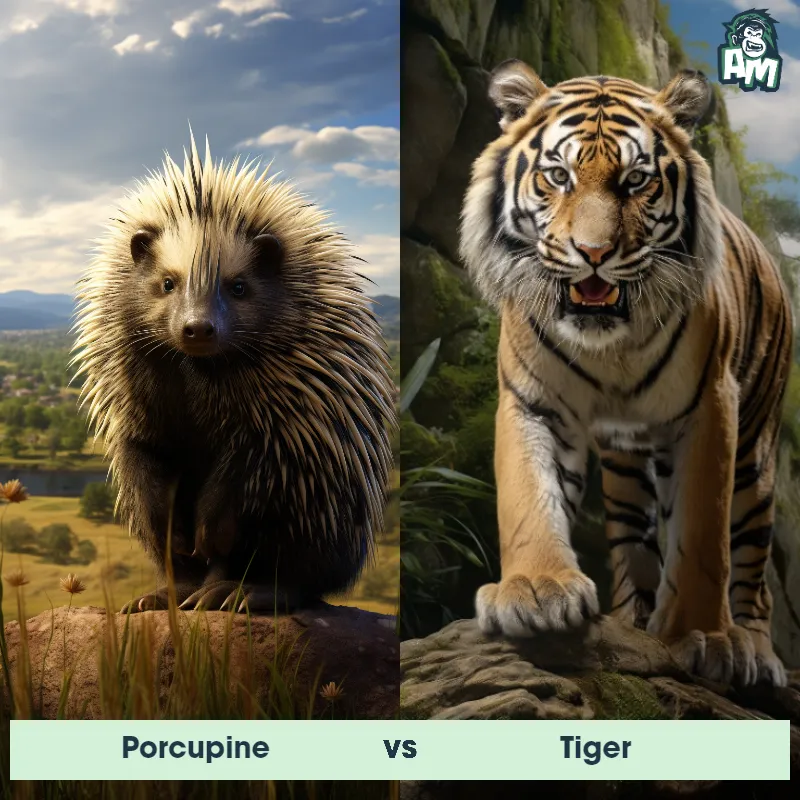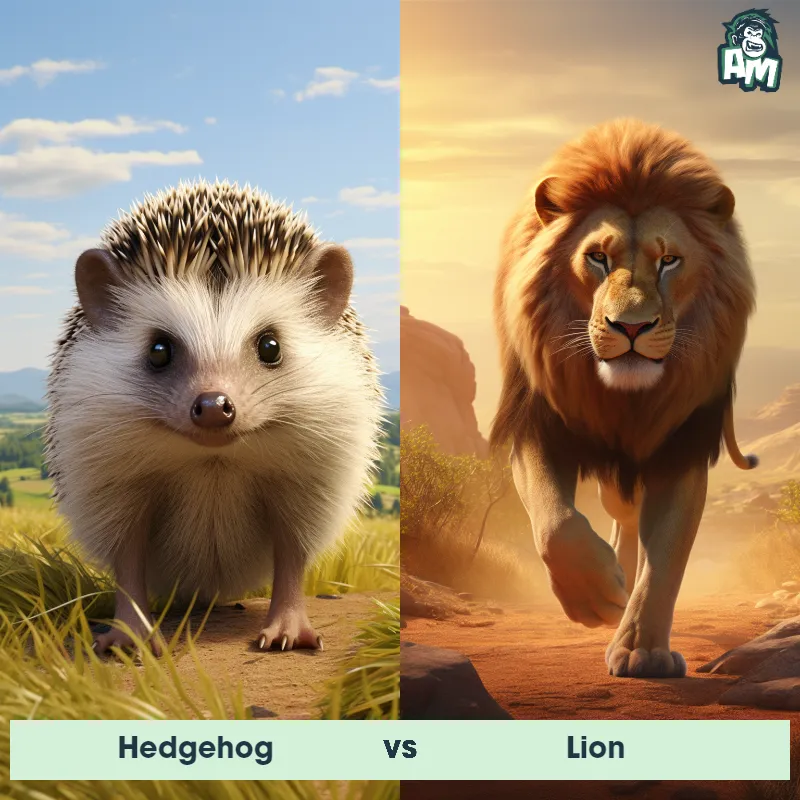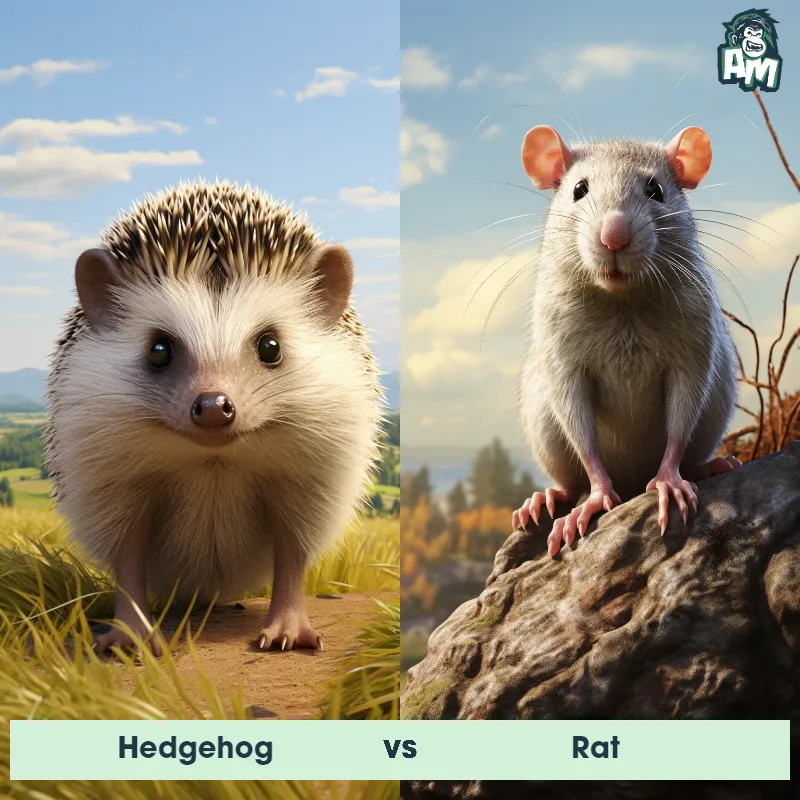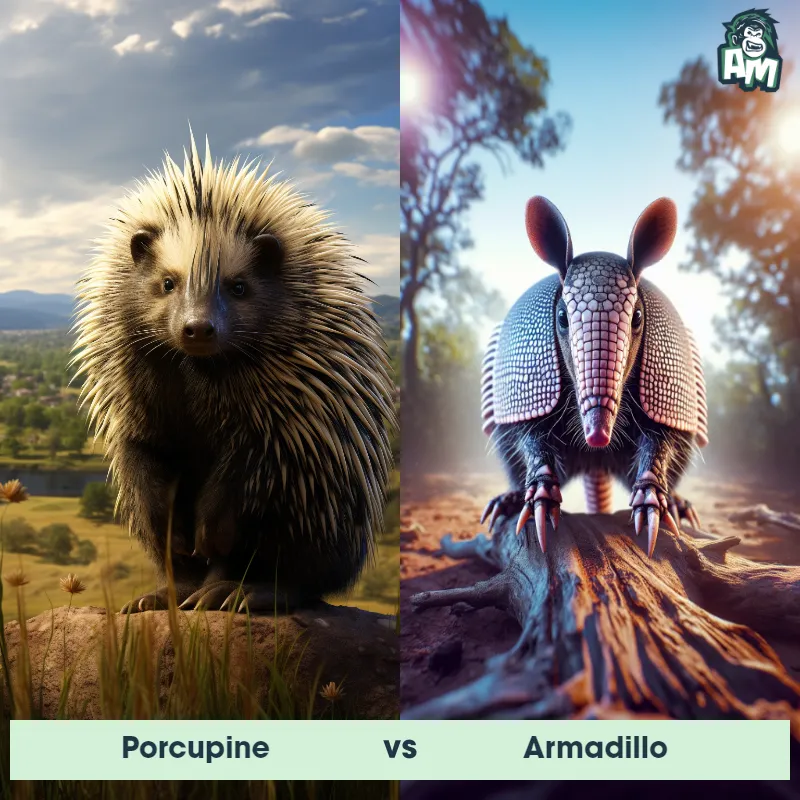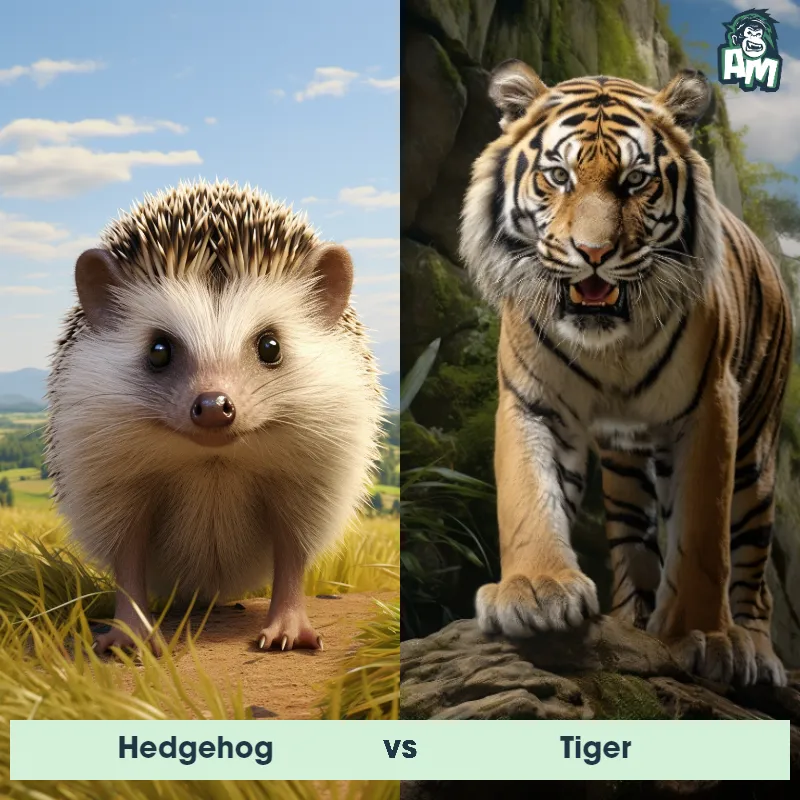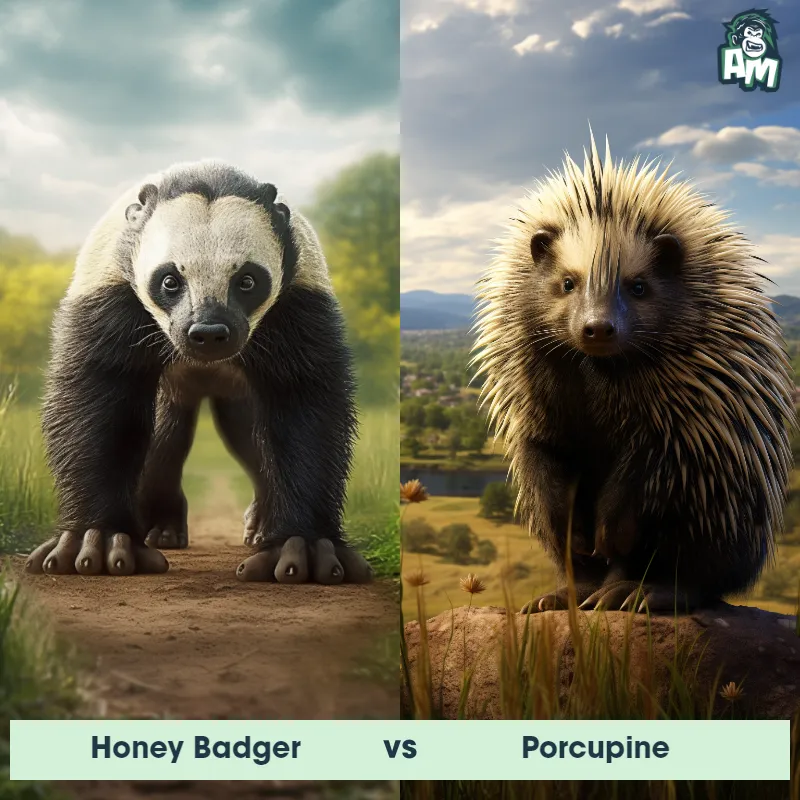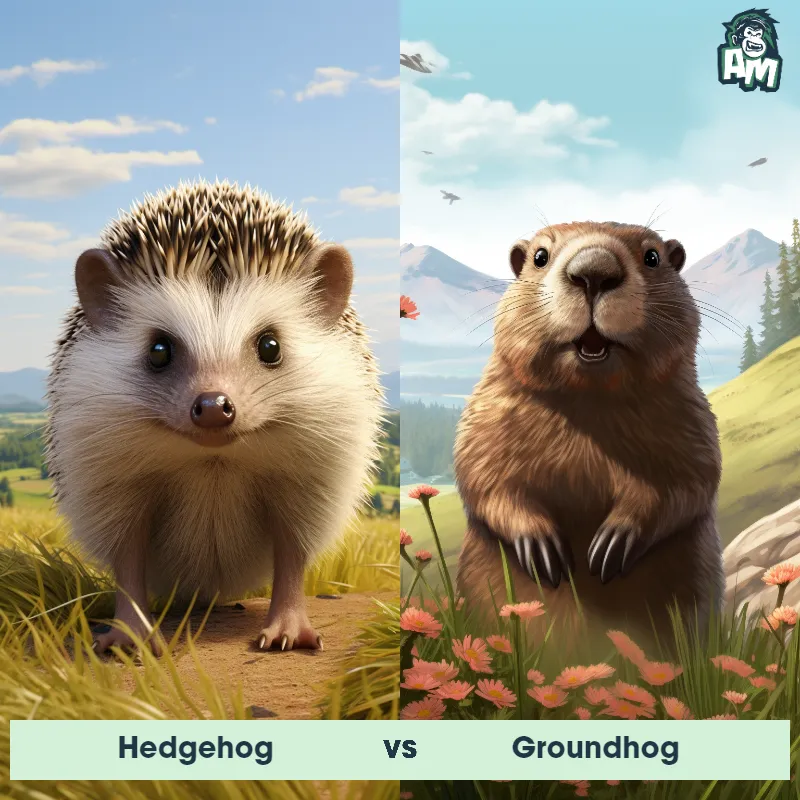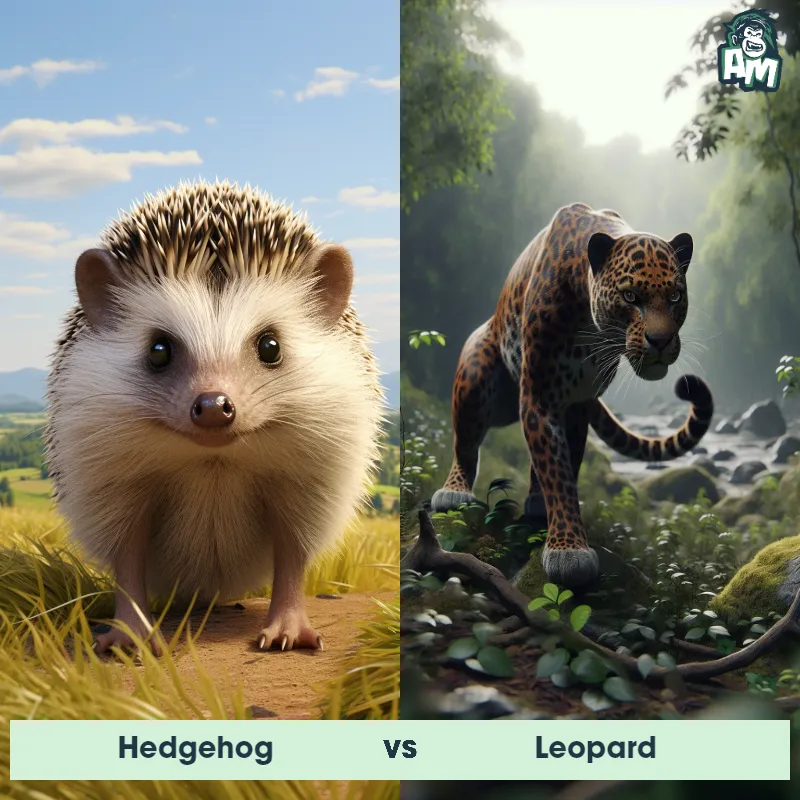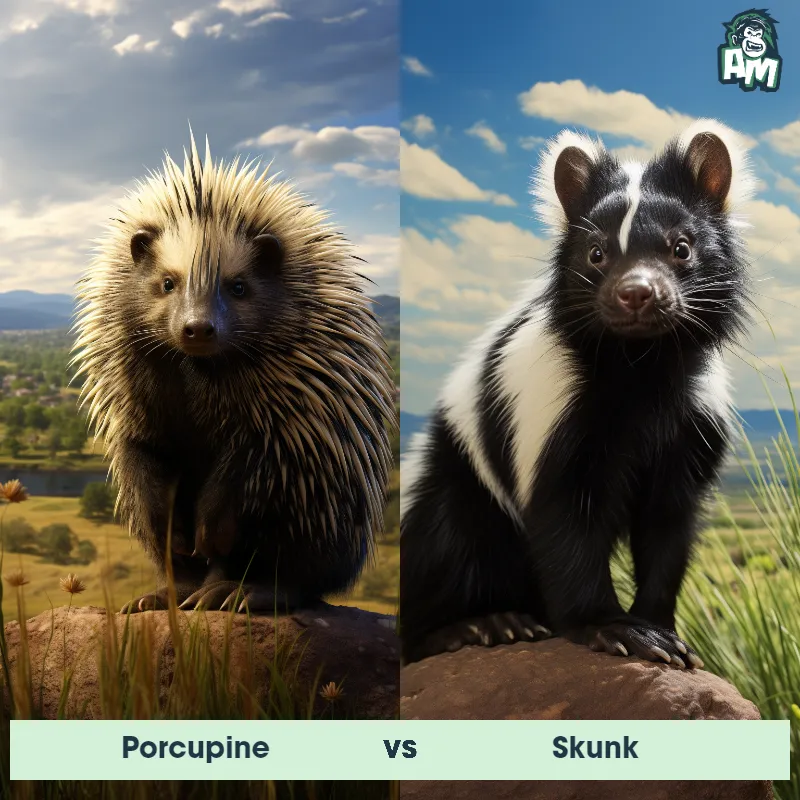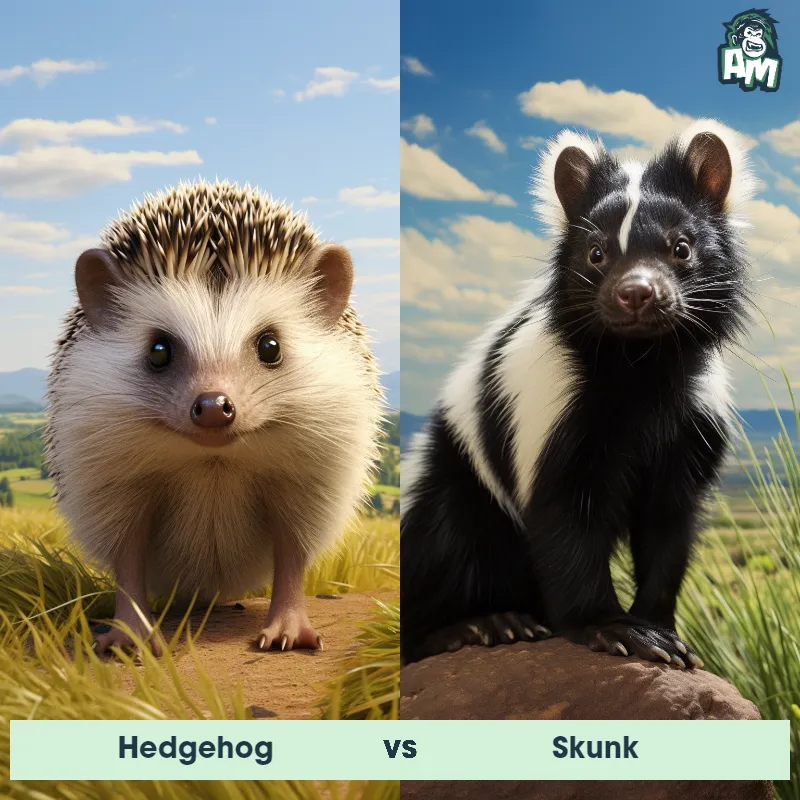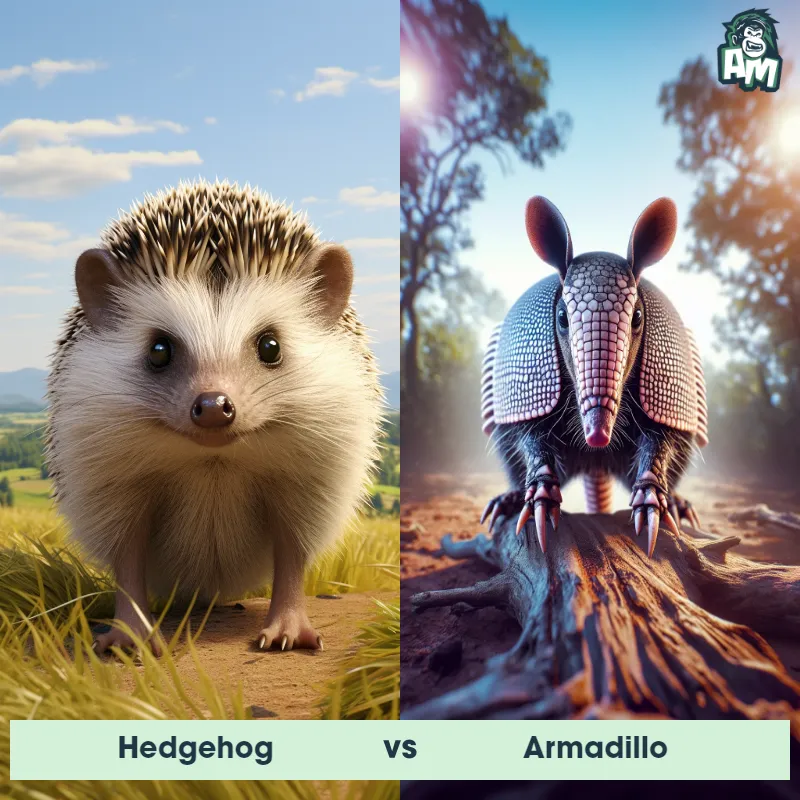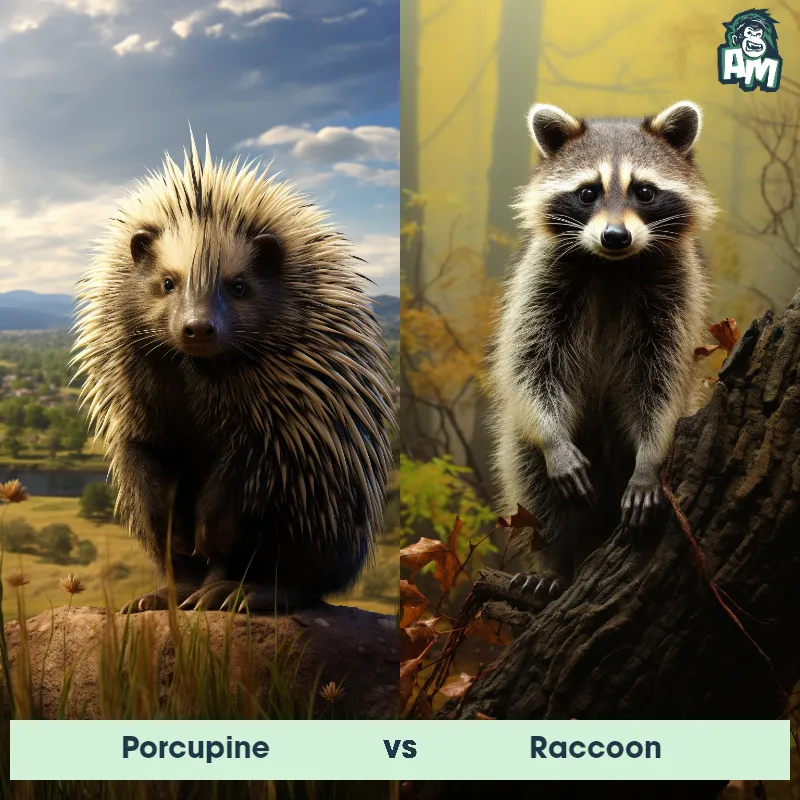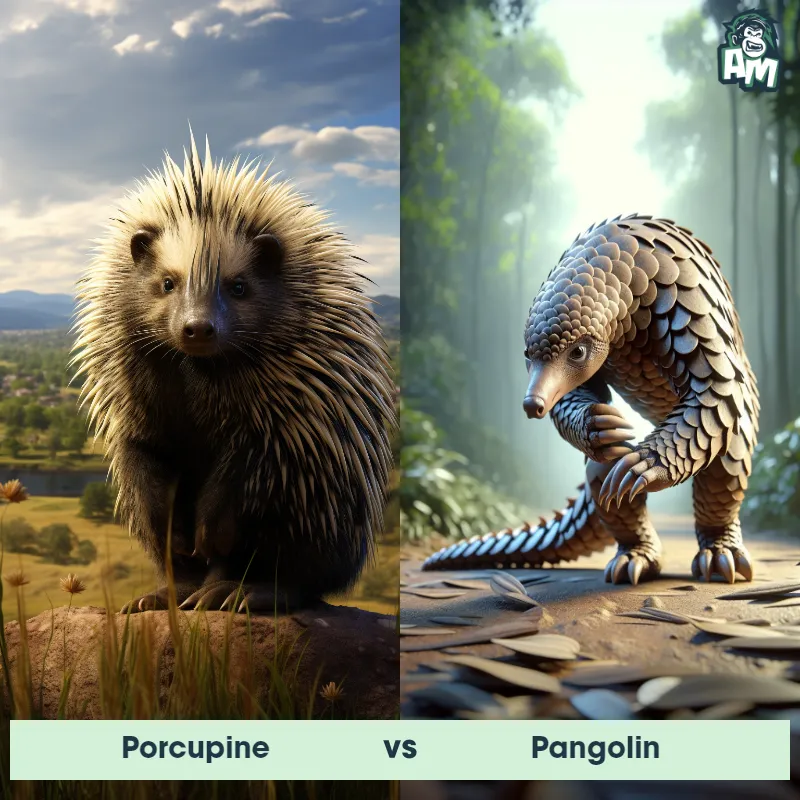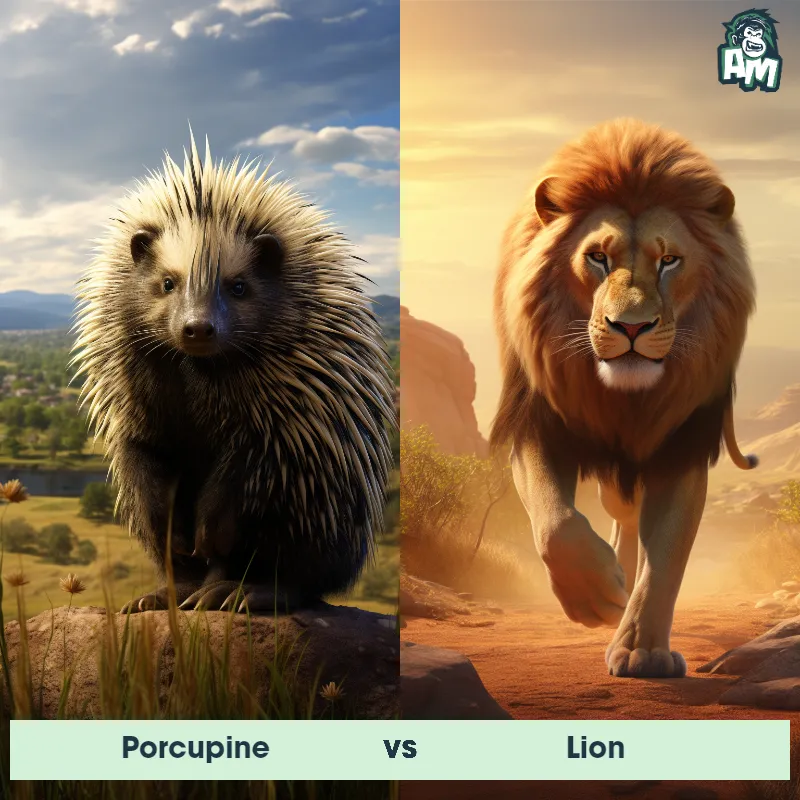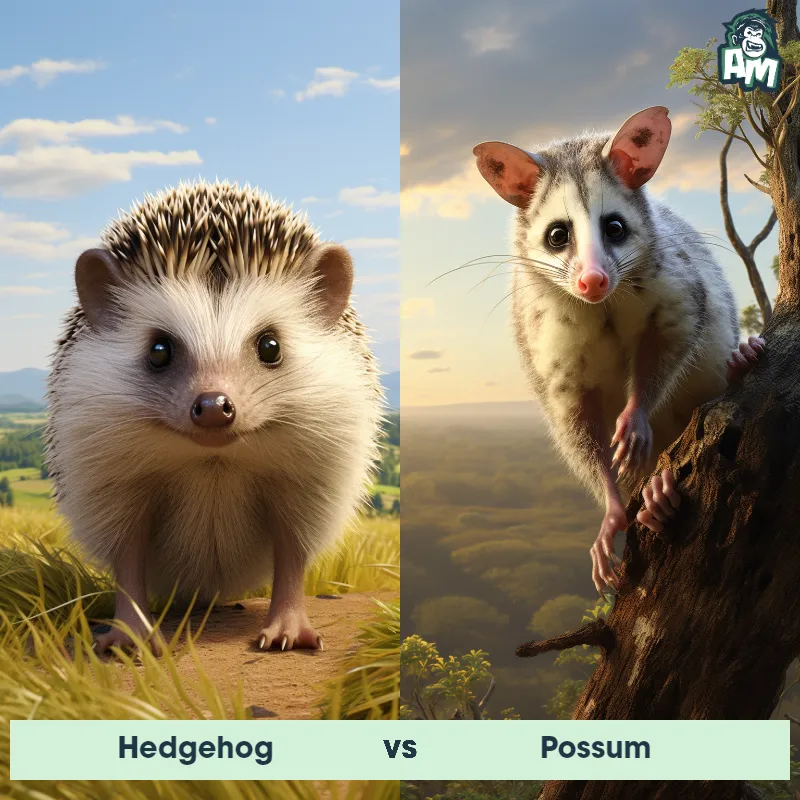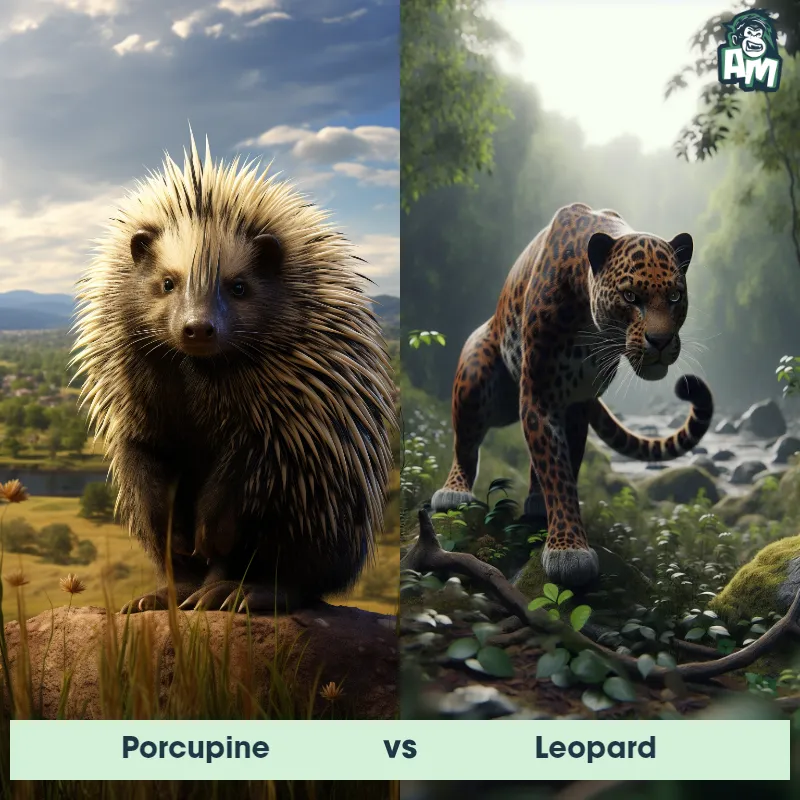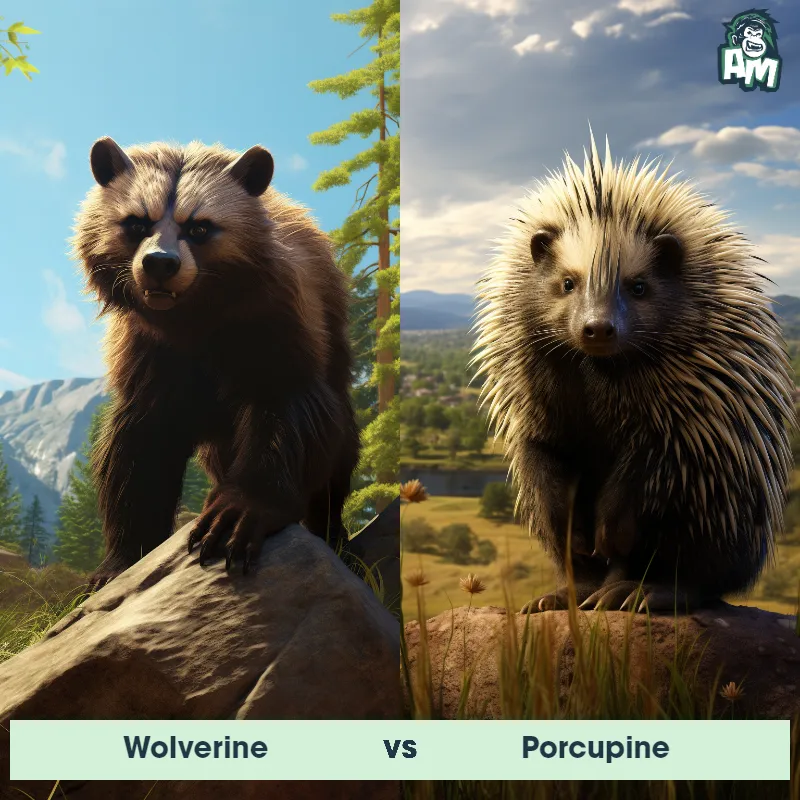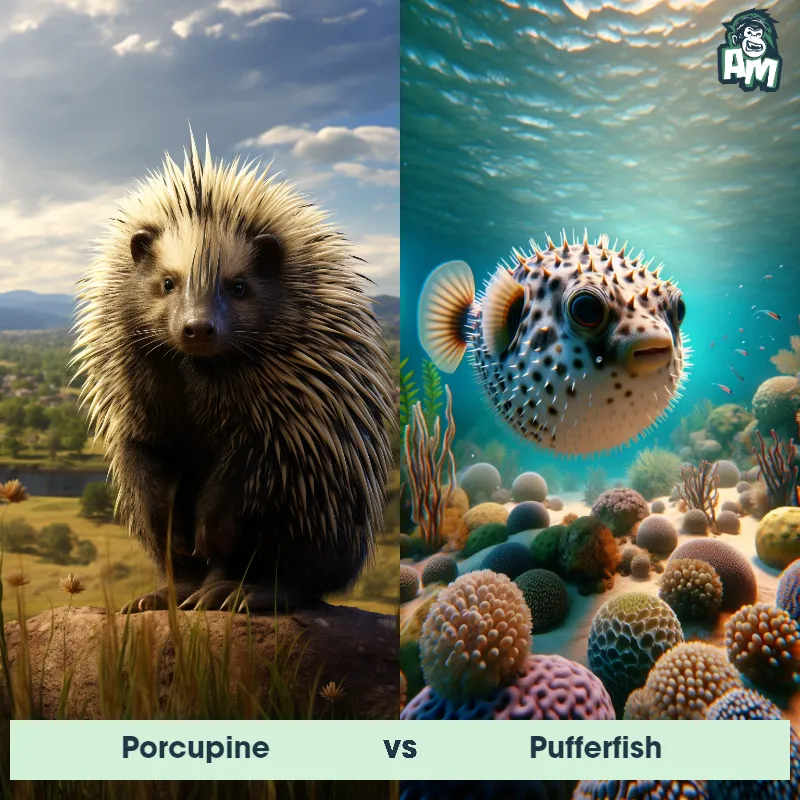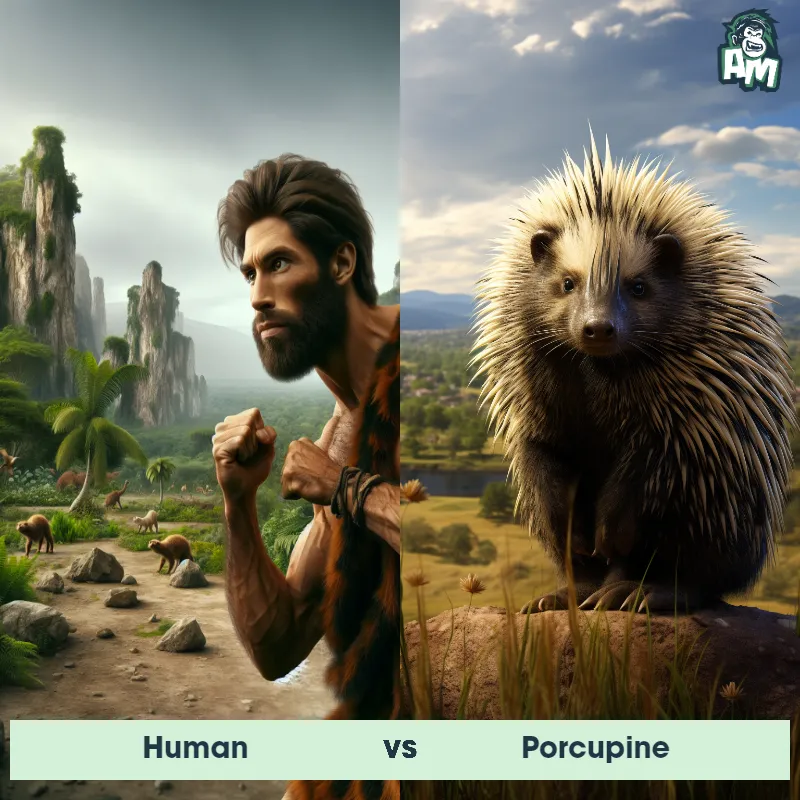Porcupine vs HedgehogSee Who Wins

Ladies and Gentlemen, we are about to witness a clash of the spines like you’ve never seen before! In one corner we have the quirky quilled Porcupine, and in the other corner, the elusive and equally spiky Hedgehog. Without a doubt, it’s an enchanting spectacle of the natural world, as these two contenders bring their age-old defensive strategies to the fore in this exciting match-up!
Contender 1: Porcupine
The Porcupine is a unique, large rodent recognized by its coat of sharp spines, or quills, which are used for protection against predators. The most characteristic feature of this mammal is its quills, which can be up to 30 centimeters long and are coated with a layer of keratin making them tough and resistant. These nocturnal creatures vary greatly in size and appearance across different species, ranging from a foot to over two feet in length, excluding the tail. The porcupine is a herbivore, mainly eating leaves, bark, and stems of trees.
Fun Fact: Unlike common belief, Porcupines cannot shoot their quills out at will, rather the quills detach easily when a predator comes into contact with them.
Contender 2: Hedgehog
The Hedgehog is a small mammal distinguished by its spiny coat, which it uses as a unique form of defense by rolling into a ball when threatened. Its body is covered with a layer of tough, sharp spines, and its underbelly is soft and fur-covered. These creatures are typically 5 to 12 inches long, with small, bright eyes and pointed snouts that are used for foraging. They are primarily nocturnal and enjoy a diet of insects, worms, snails, frogs, and even small snakes.
Fun Fact: Despite their spiky defense mechanism, Hedgehogs have quite a delicate sense of touch due to long whiskers on their snouts that help them navigate and find food.
Matchup Stats
| Porcupine | Hedgehog | |
|---|---|---|
| Size | 25-36 inches (63.5-91.4 cm) | 5 to 12 inches (12.7 to 30.48 cm) |
| Weight | 12-35 lbs (5.4-15.9 kg) | 0.5 to 2.2 lbs (0.23 to 1 kg) |
| Speed | 2mph (3.2km/h) | 4mph (6km/h) |
| Key Strength | Sharp quills for protection | Spiny coat used for defense |
| Biggest Weakness | Slow movement | Soft underbelly |
Current Votes
Porcupine vs Hedgehog
See Who Wins
View More Matches
Looking For More?
Similar Matches
Scientific Stats
| Porcupine | Hedgehog | |
|---|---|---|
| Scientific Name | Erethizon dorsatum | Erinaceinae |
| Family | Erethizontidae | Erinaceidae |
| Habitat | Forests, deserts, grasslands | Forests, meadows, grasslands, and suburban gardens |
| Geography | North and South America, Africa, Europe, and Asia | Europe, Asia, Africa, and New Zealand |
| Diet | Leaves, bark, and stems of trees | Insects, worms, snails, frogs, and small snakes |
| Lifespan | 5 years - 10 years | 3 years - 8 years |
Key Differences between Porcupine and Hedgehog
- Coloration: Porcupines exhibit a range of color variations, including shades of brown, black, and white. Some species may have a mix of colors or a speckled pattern. In contrast, hedgehogs generally have a more uniform coloration, with variations of brown or gray, occasionally featuring lighter or darker patches.
- Facial features: Porcupines have a relatively large head with a blunt snout, small eyes, and short ears. Their snouts are covered in quills as well. Hedgehogs have a smaller head with a pointed snout, larger eyes, and relatively long ears that are more visible.
- Size: Porcupines are generally larger than hedgehogs, with an average length between 25 to 36 inches (63 to 91 cm) and a weight ranging from 12 to 35 pounds (5.4 to 16 kg), whereas hedgehogs typically measure around 5 to 12 inches (13 to 30 cm) in length and weigh between 1 to 2 pounds (0.5 to 1 kg).
- Habitat and distribution: Porcupines are found in a wider range of habitats, including forests, grasslands, and deserts, in various parts of the world, such as North and South America, Europe, and Asia. Hedgehogs, on the other hand, are more limited in their distribution, primarily found in Europe, Asia, and Africa, and are often associated with more temperate or arid environments.
- Body shape: Porcupines have a stockier and more robust body shape, with a rounder appearance. Their bodies are covered in quills that stand upright when threatened. Hedgehogs, on the other hand, have a more slender and elongated body shape, with a distinct hump on their back when curled up.
- Quill length and density: Porcupines possess longer and thicker quills compared to hedgehogs. Porcupine quills can reach up to 3.7 inches (9.5 cm) in length, while hedgehog spines are shorter, typically measuring around 1 inch (2.5 cm). Additionally, porcupines have a higher density of quills covering their bodies.



